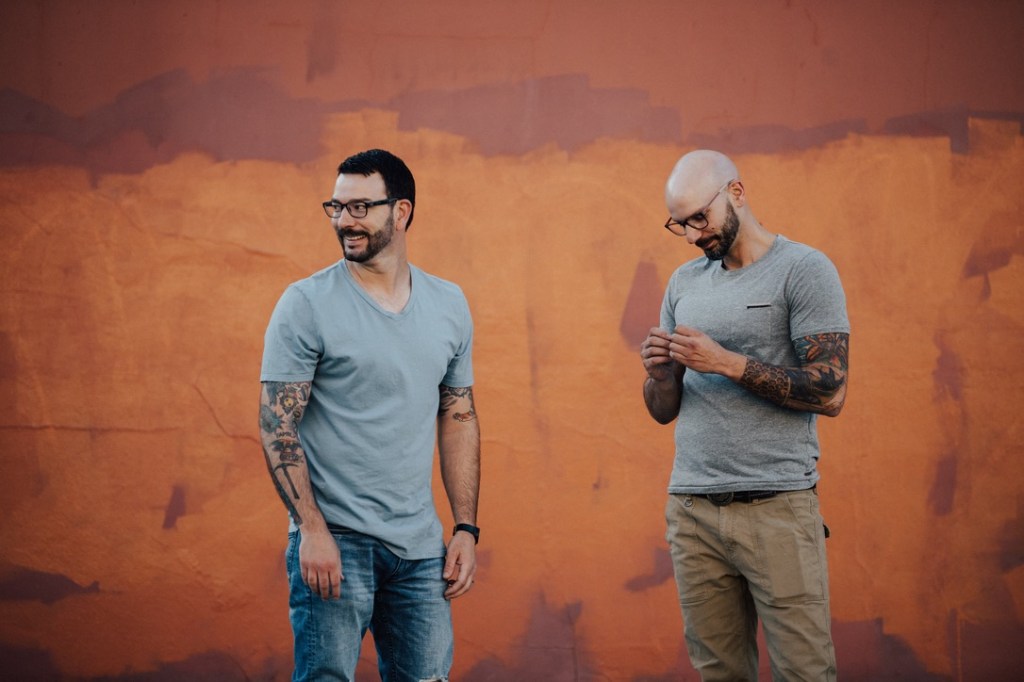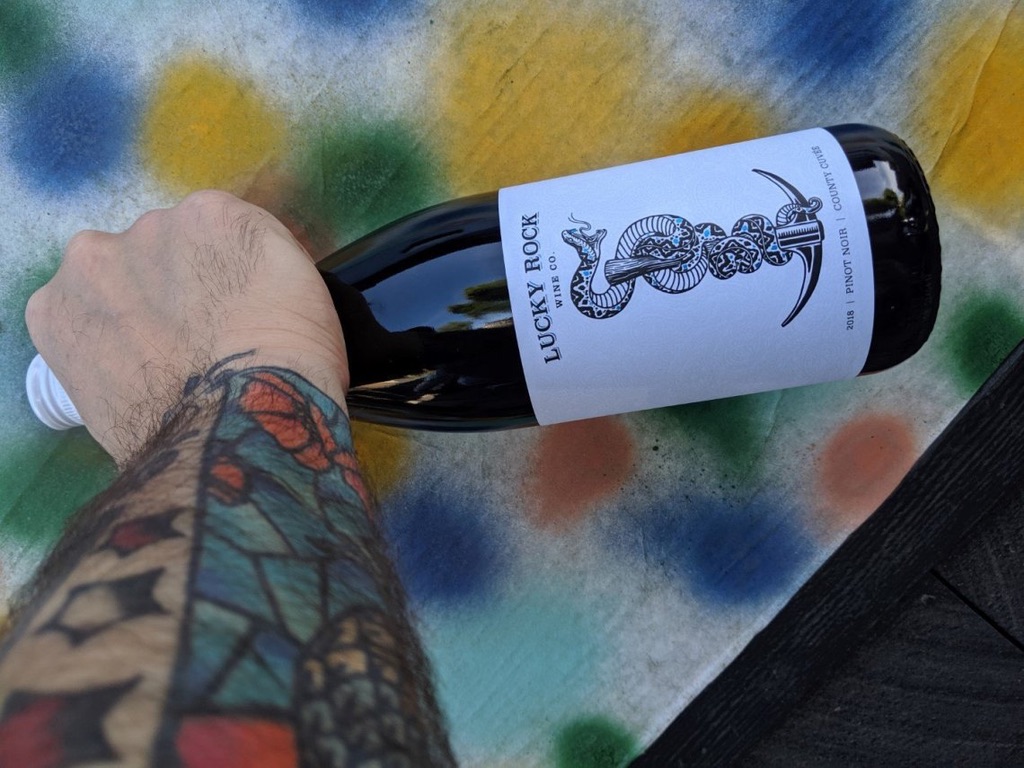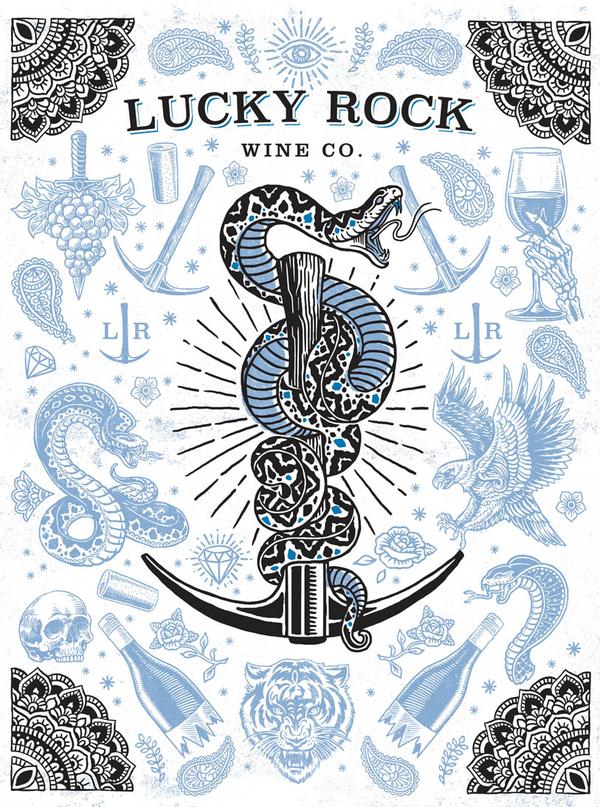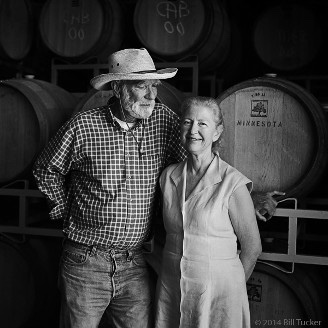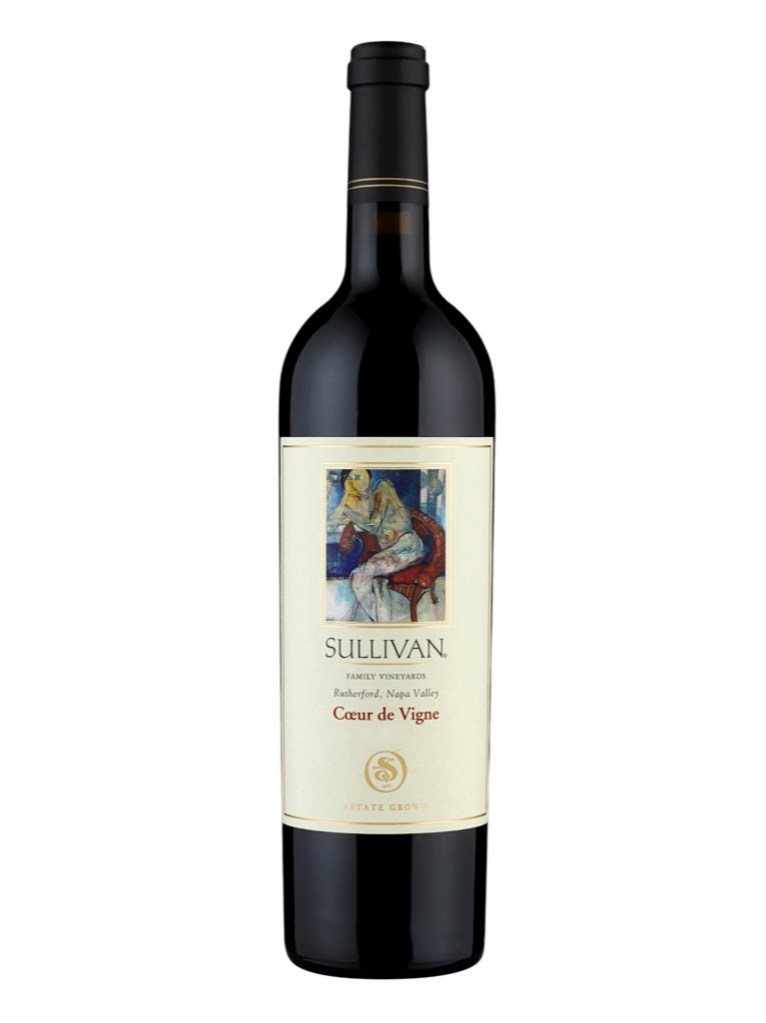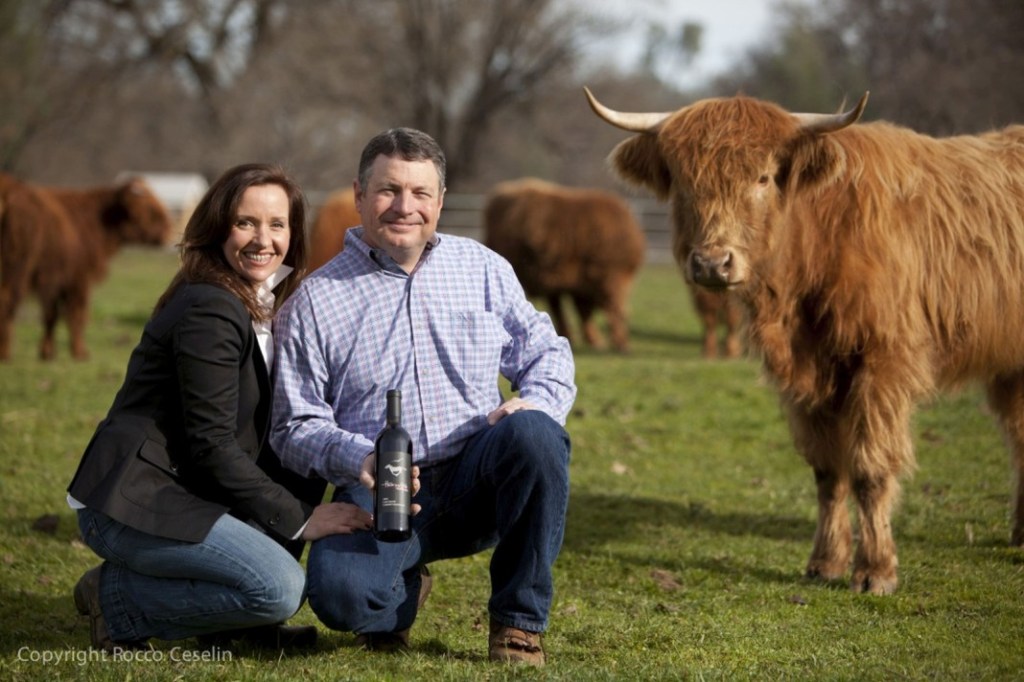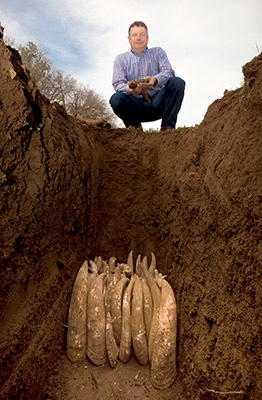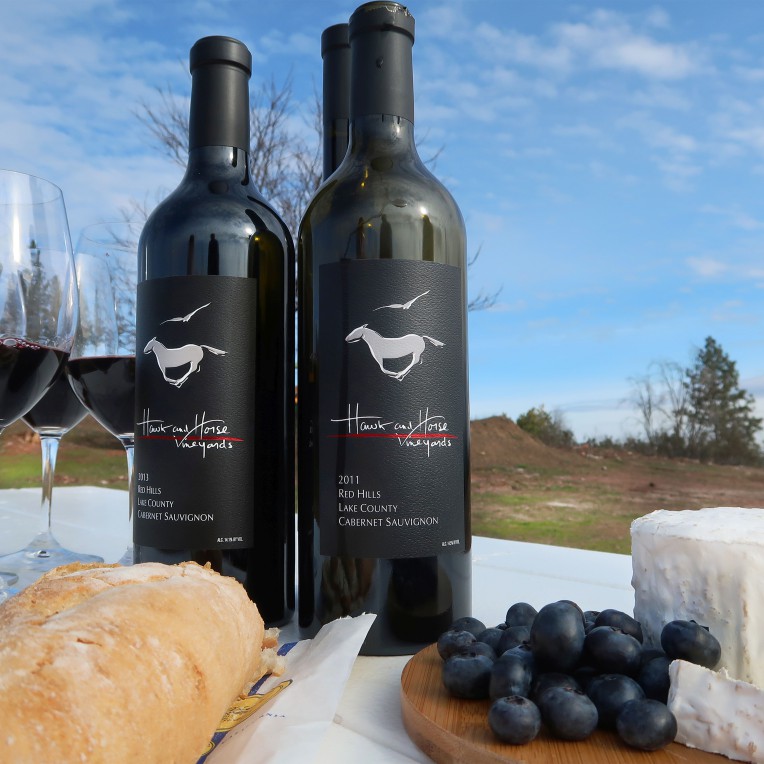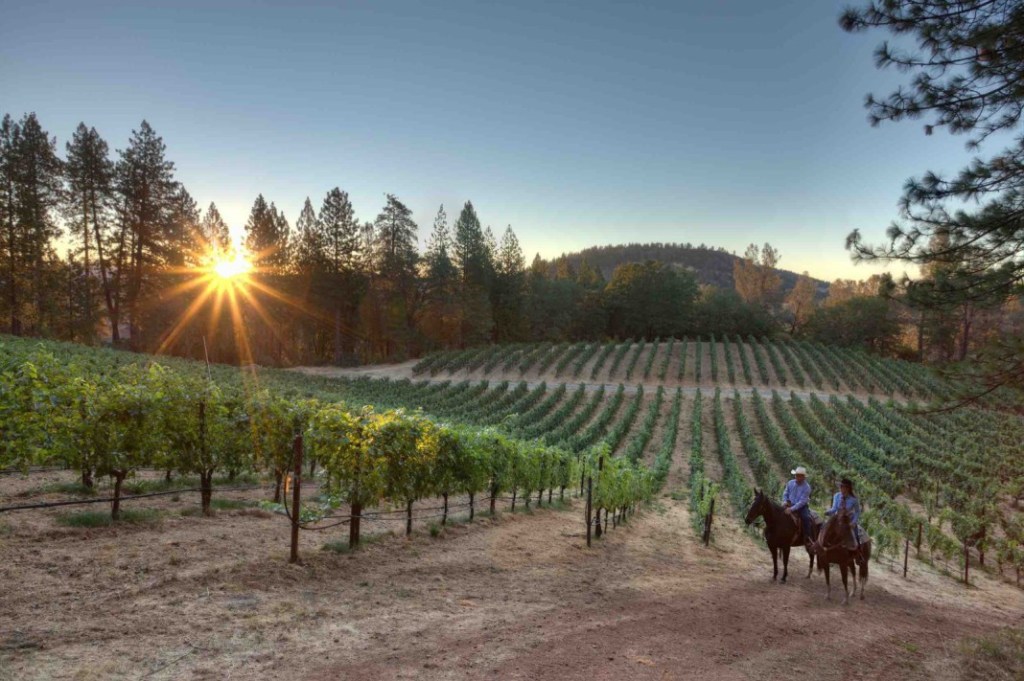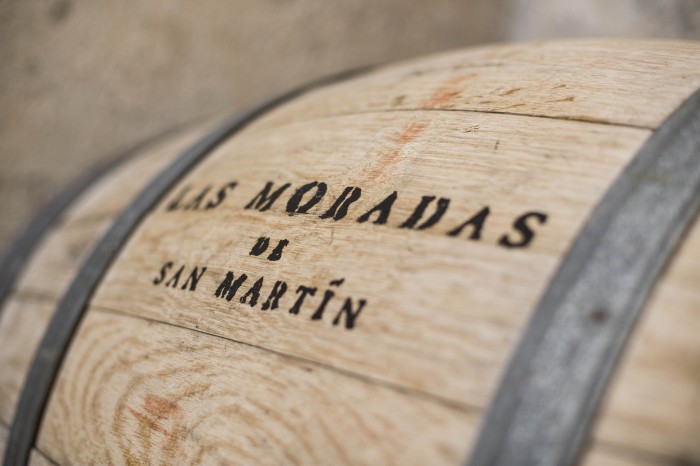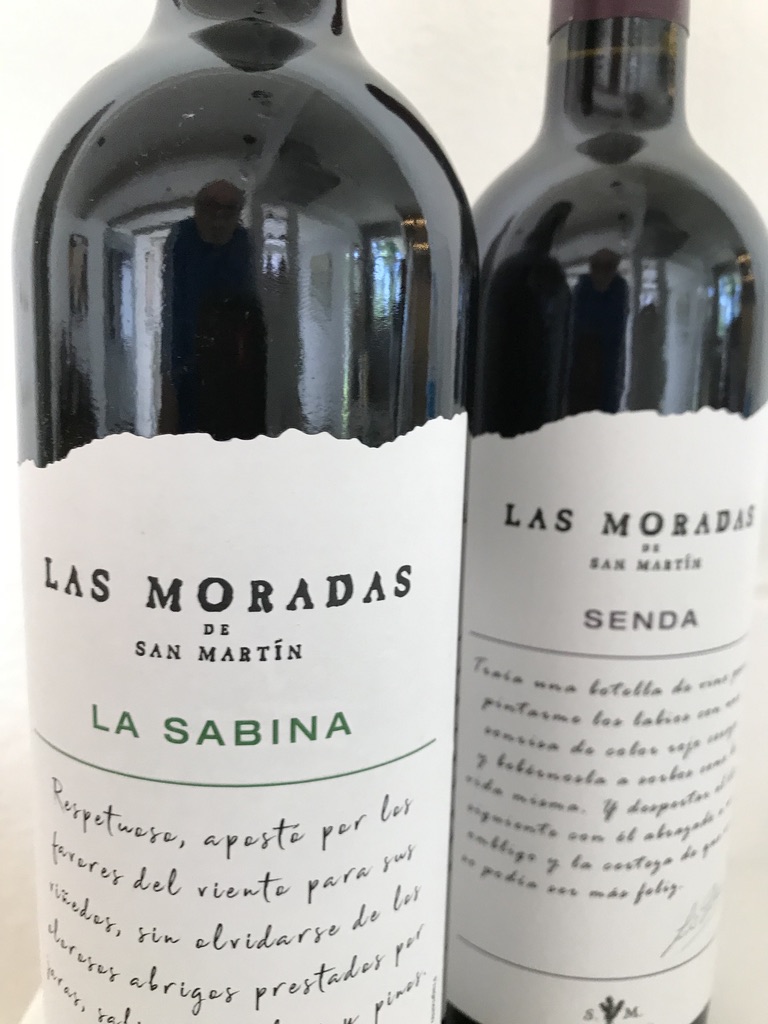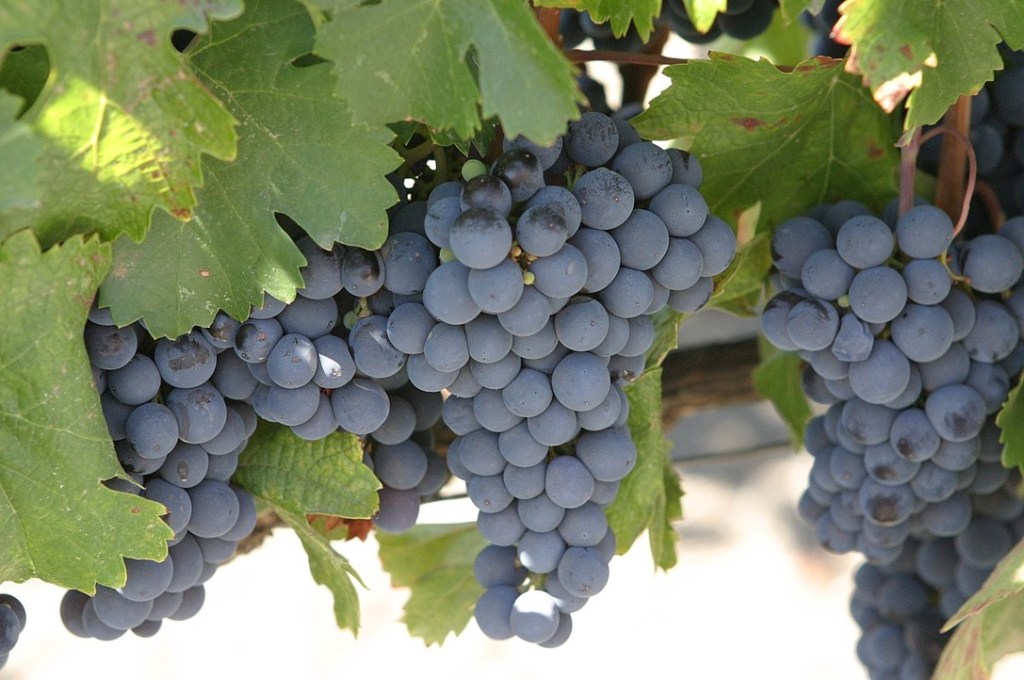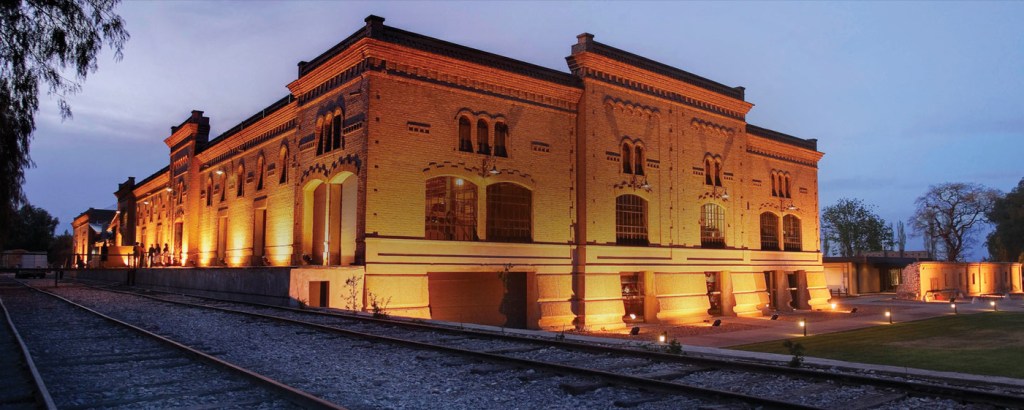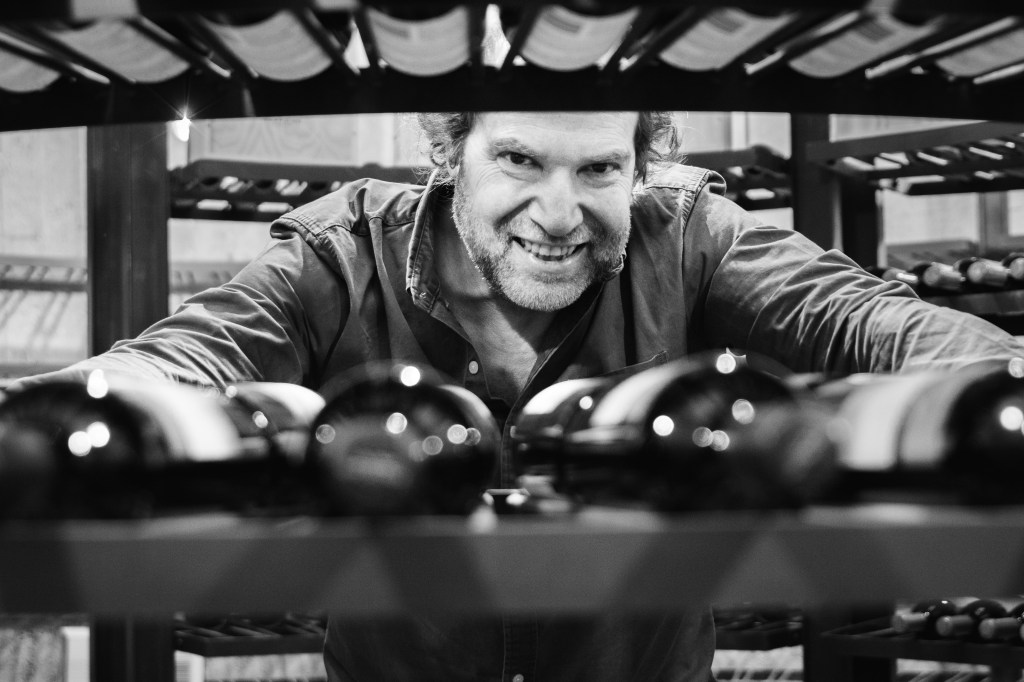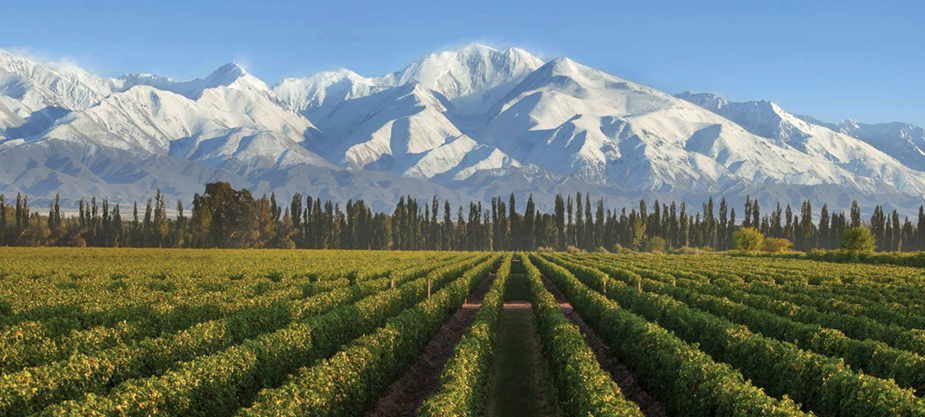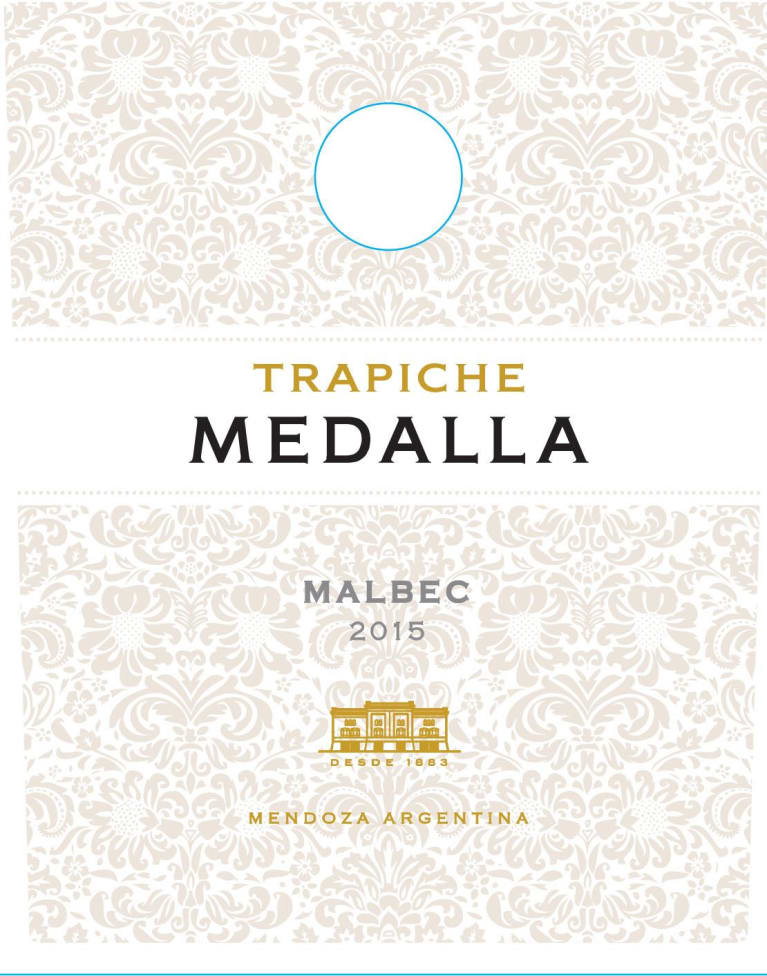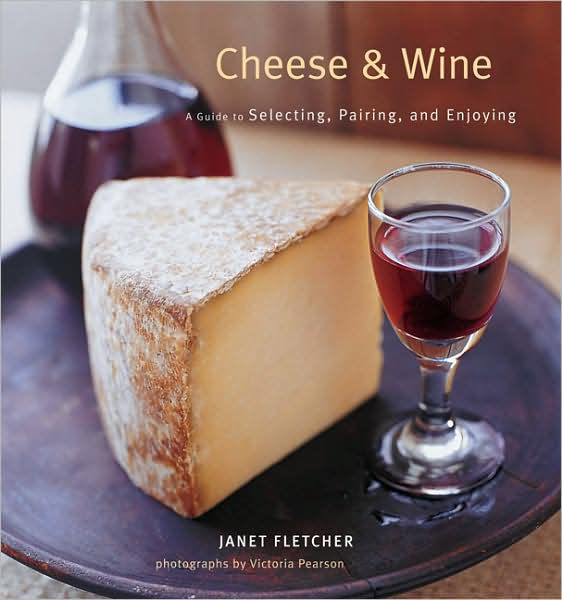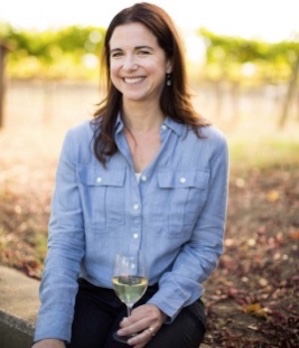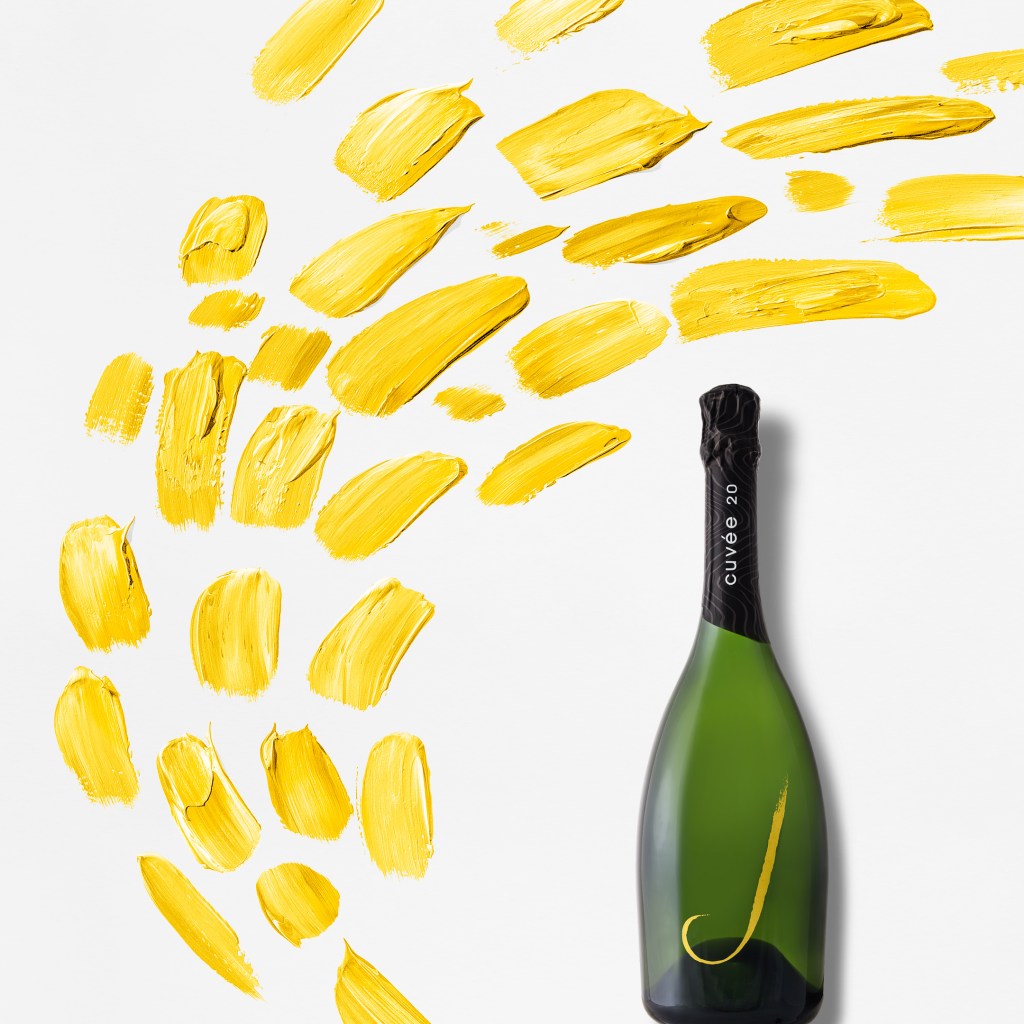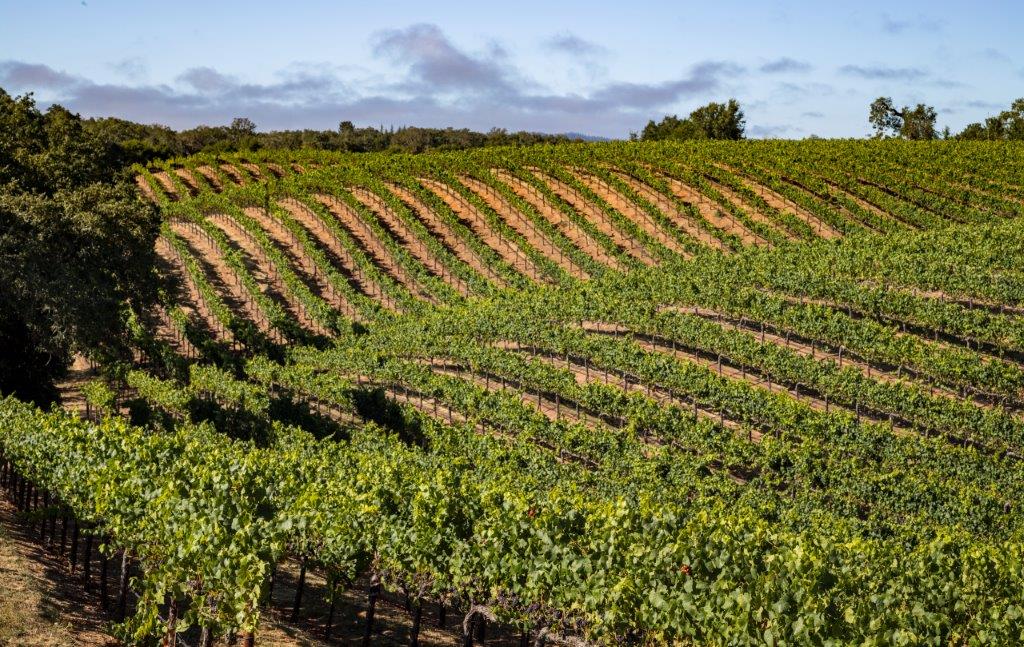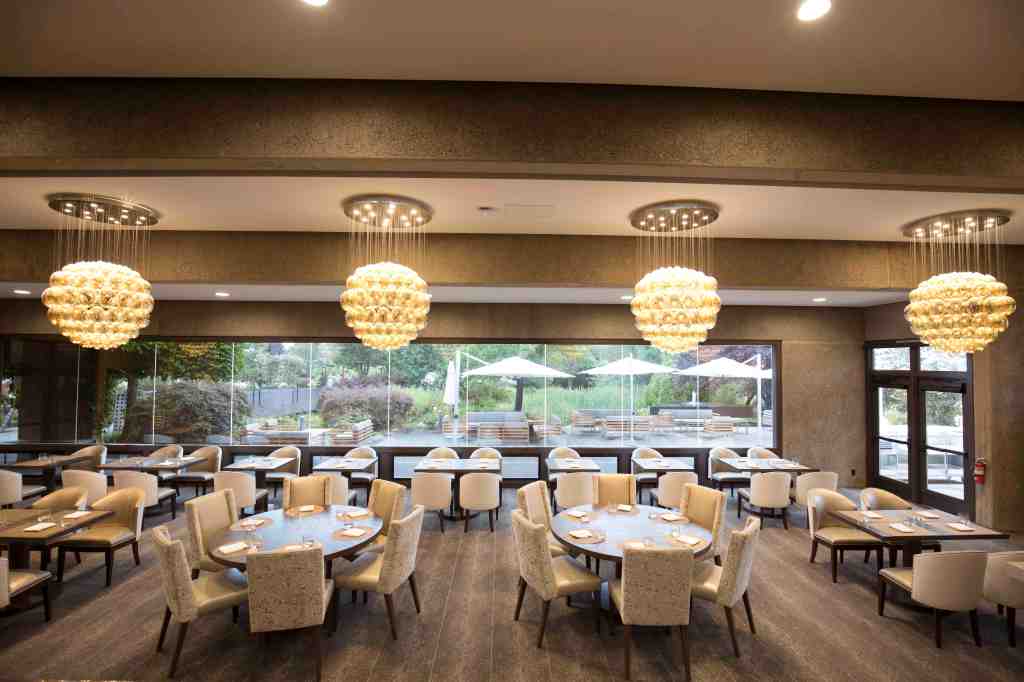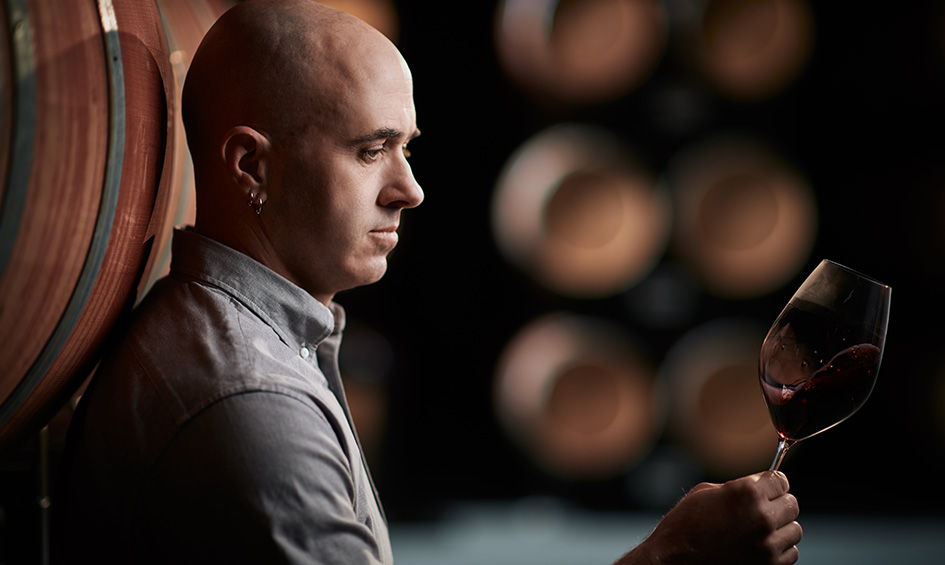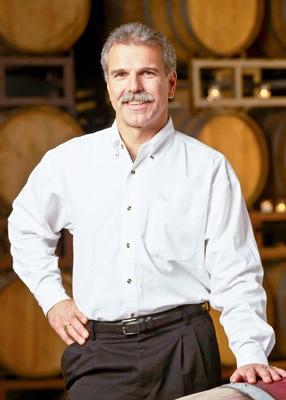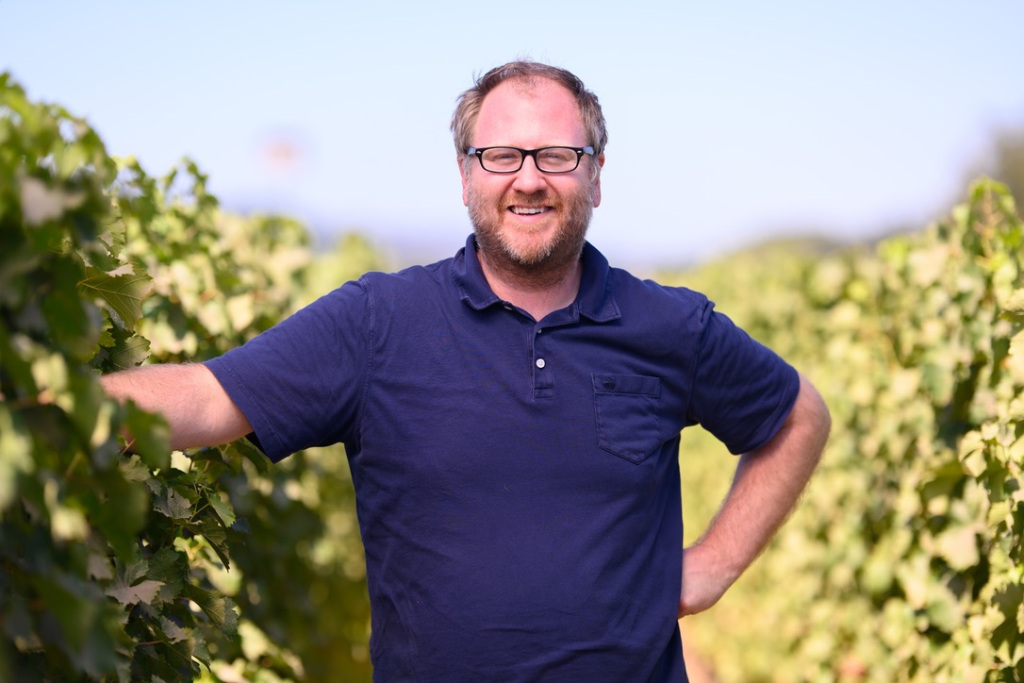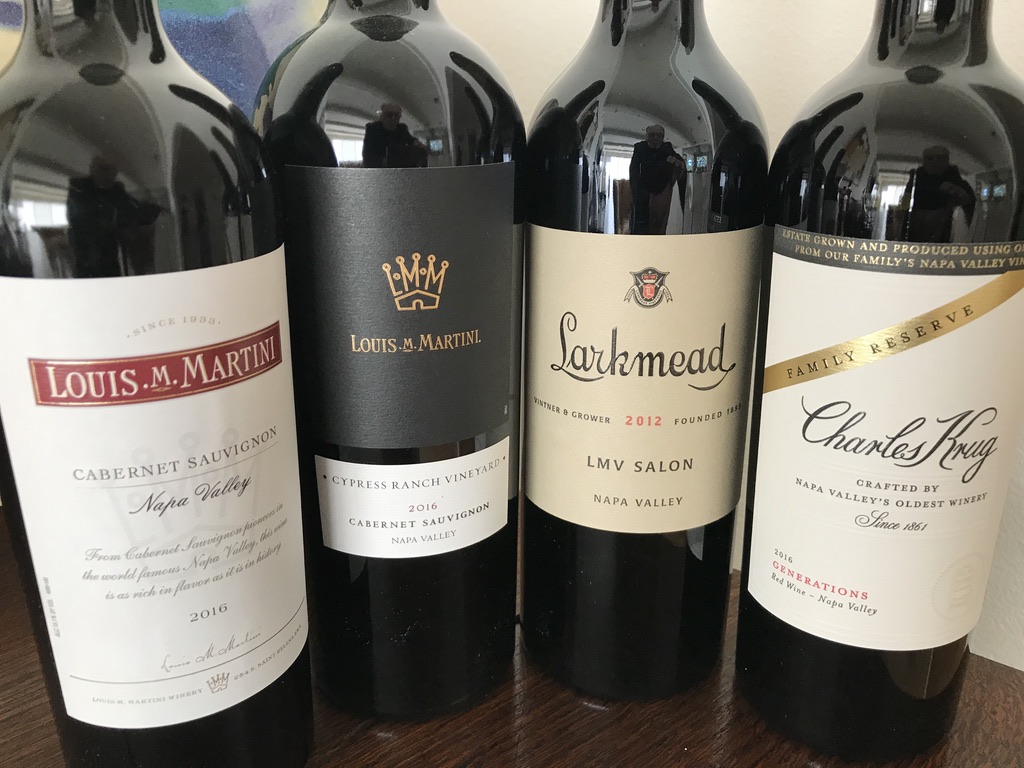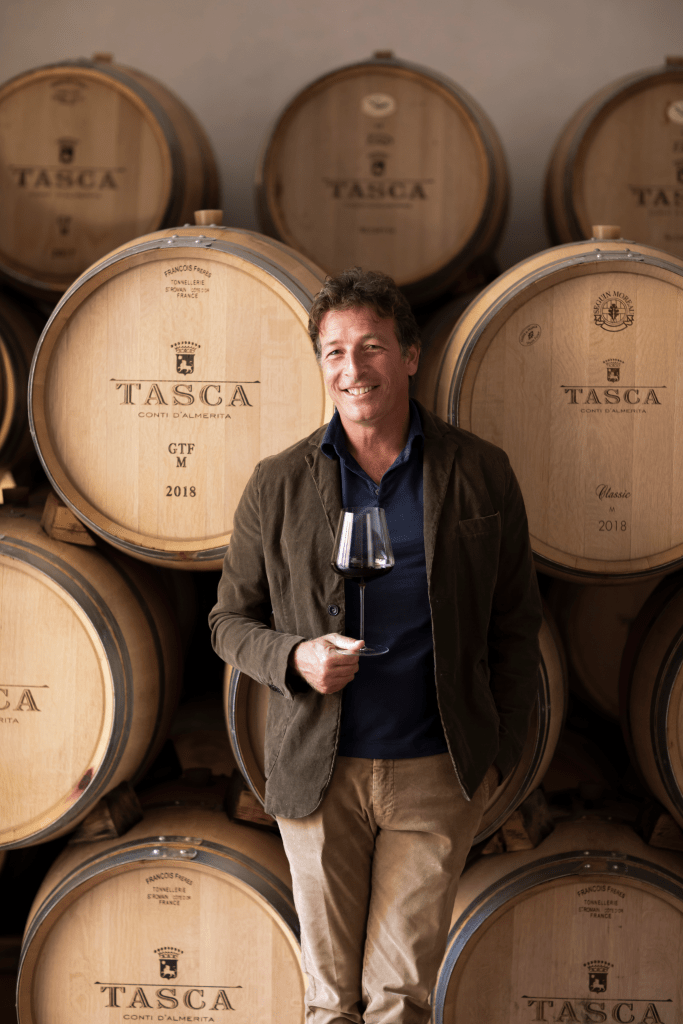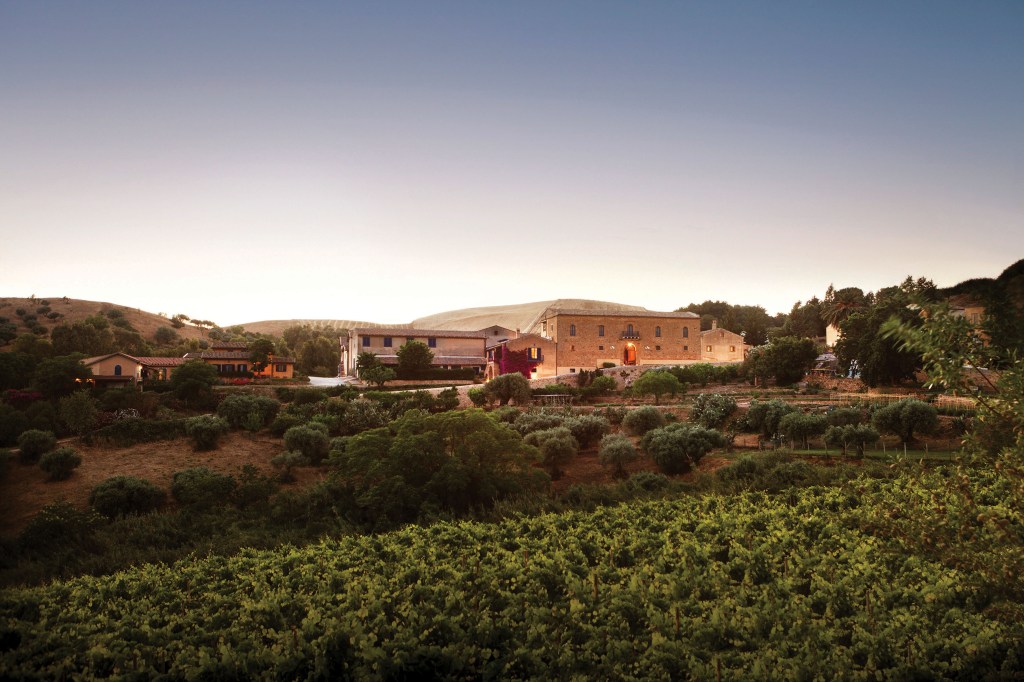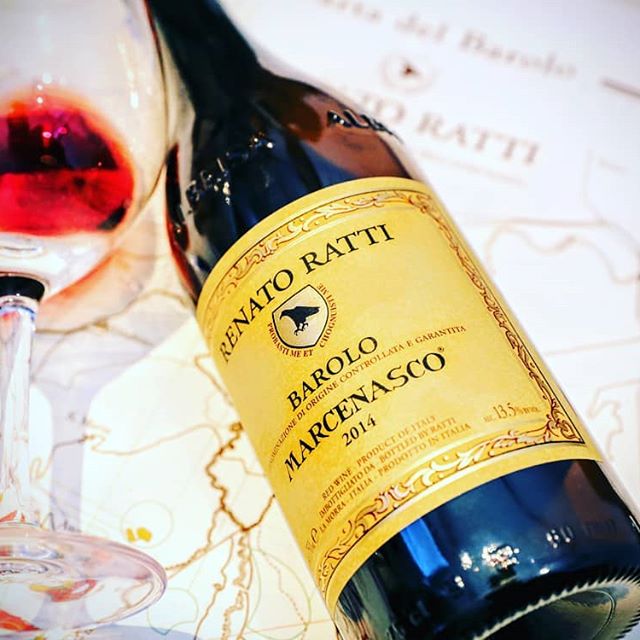On an impulse and understanding that the odds were slim, Karen called the Pine Inn to ask if the Ocean View King, Room 12, was available. It was the room we wanted fifty years ago, but couldn’t afford. Fortunately, under very unfortunate circumstances, it was.
With all its charm and natural beauty, Carmel, CA can be an eery place, especially during the summer months as the baked Central Valley air mixes with the cool ocean breezes to cast a seductive mist over the shops and cottages. During the intervening years since our honeymoon in August 1970, Karen and I have slept in the village to commemorate dates such as our twenty-fifth wedding anniversary or my sixty-fifth birthday. The latter was less about romance and more about the noon tee time at the Pebble Beach Golf Links that she gifted me.
Today, as we celebrate a half century together, Carmel is eery in a difference way. First of all, it was seventy degrees and sunny outside, resulting in a 20,000 step day. Actually, my iWatch defined it more accurately as a 21,204 step day. By good fortune, it was warm enough for outdoor dining because that’s all that was permitted.
Traffic was light, crowds were exceptionally thin for this or any time of the year and everyone’s faces were covered by N-95 masks or an array of designer fabrics befitting the elegant surroundings. The dream of an sunny Carmel, bereft of tourists was fulfilled only because of the Covid-19

pandemic that has kept the world’s population under house arrest for months. I felt a degree of guilt in enjoying this unprecedented peacefulness, but fifty years is a long commitment and we’ve earned it, 18,250 days, one at a time. I reflect on a lyric from singer-songwriter Bruce Cockburn. “We’ve proven ourselves so many times, the magnetic strip is wearing thin.” Circumstances dictated that we celebrate this milestone alone together, exactly the way it should be.
We looked in the window of the exclusive European men’s clothing boutique that has always existed somewhere on Ocean Avenue and Karen made the same observation she made fifty years earlier.
“That tweed sports coat would look great on you,” she said, “it’s that new European cut.”
At my age, a little ego stroking is always welcomed, but I am no longer a “39-long” and the permanent bump on my left side, the result of two kidney surgeries, makes me skeptical that it will look as good as it does on the faceless mannequin.
“I don’t need anymore clothes,” I said.
“It doesn’t cost you anything to try it on.”
She has lived with me long enough to realize the danger in that statement.
Entering the doorway, we are greeted by the stereotypical Carmel European shop owner, tan, nice build, impeccably dressed, shaved head, face covered by a designer mask.
Karen greets him from a distance. “I like your mask.”
“Thank you,” he said, “we sell all kinds.”
“How much are they?”
“They are forty dollars, but each one is hand made and reversible.”
Sales are down and even designer clothing shops are adapting to new customer needs. We have received many masks from friends who sew, but, quickly realized that, like pairs of underwear, you can’t have too many.

Unable to touch or try on the masks, Karen shakes the basket like a gold prospector, looking for the nugget that conveys fashionable responsibility.
Still pretending that this is my idea, she says, “My husband would like to look at that tweed sport coat in the window.”
The shop owner takes the same coat off the rack and begins to tie it into as many knots as he can. Then, he immediately unties it.
“See, no wrinkles,” he said, “this fabric is ideal for traveling.”
Karen inserts optimism. “It will be perfect when we travel again.”
I add a hint of pessimism. “If we travel again.”
Without asking, the owner retreats to the back of the shop to find my perfect size. While he is away and Karen is exploring the masks, I lift the left sleeve of the coat and see the price of “$1,975.00” on the tag. He returns and I try it on. It looks good, but not great.
Still seeing my twenty-two year-old body, Karen says, “Well, what do you think?”
“I think you can buy me a forty dollar hand-made, reversible mask.”
Ironically, the 1970 version of the coat sold for the outrageous price of $125.00, the same rent we were paying for a furnished, one-bedroom apartment near campus.
On our honeymoon fifty years ago, during meals or on walks, I mostly just stared at Karen, sometimes making her uncomfortable.
“What?” she would ask.
“Nothing,” I said, wearing the grin of a Cheshire cat.
Today, I look across the outdoor table at La Bicyclette and see the same faceunder a shield attached to new costume designer glasses that she found in the next shop. She catches me starring, doesn’t ask why, just speaks.
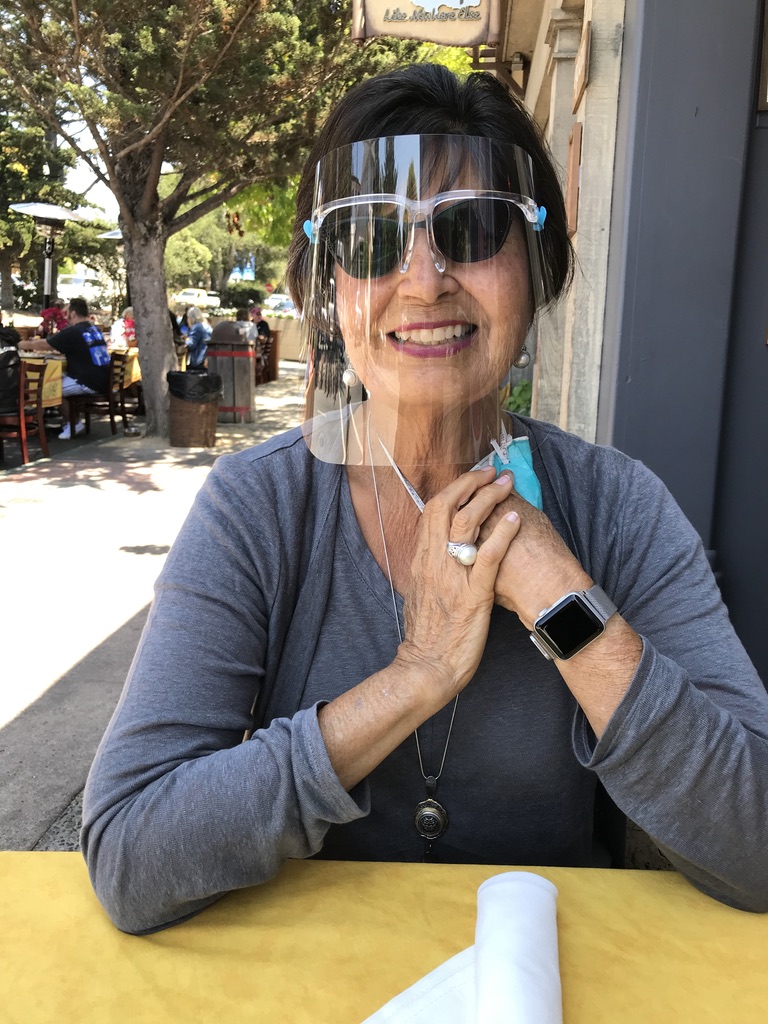
“This was a waste of money.” she said, “I Googled it and it can’t substitute for a mask.”
I tried to put her frugal mind at ease. “It cost less than twenty bucks and it looks cute. Wait until after the vaccine and you can set a new trend.”
“When would I wear it?”
“I think it could be a post pandemic fashion statement.”
How?”
“Nothing says NO like a face shield.”
“You’re a little nuts,” she said, “but I do like the new hair.”
The masked server interrupts our conversation with the moules frites and glass of riesling I ordered for lunch. Day 18,251 was beginning on a good note.

